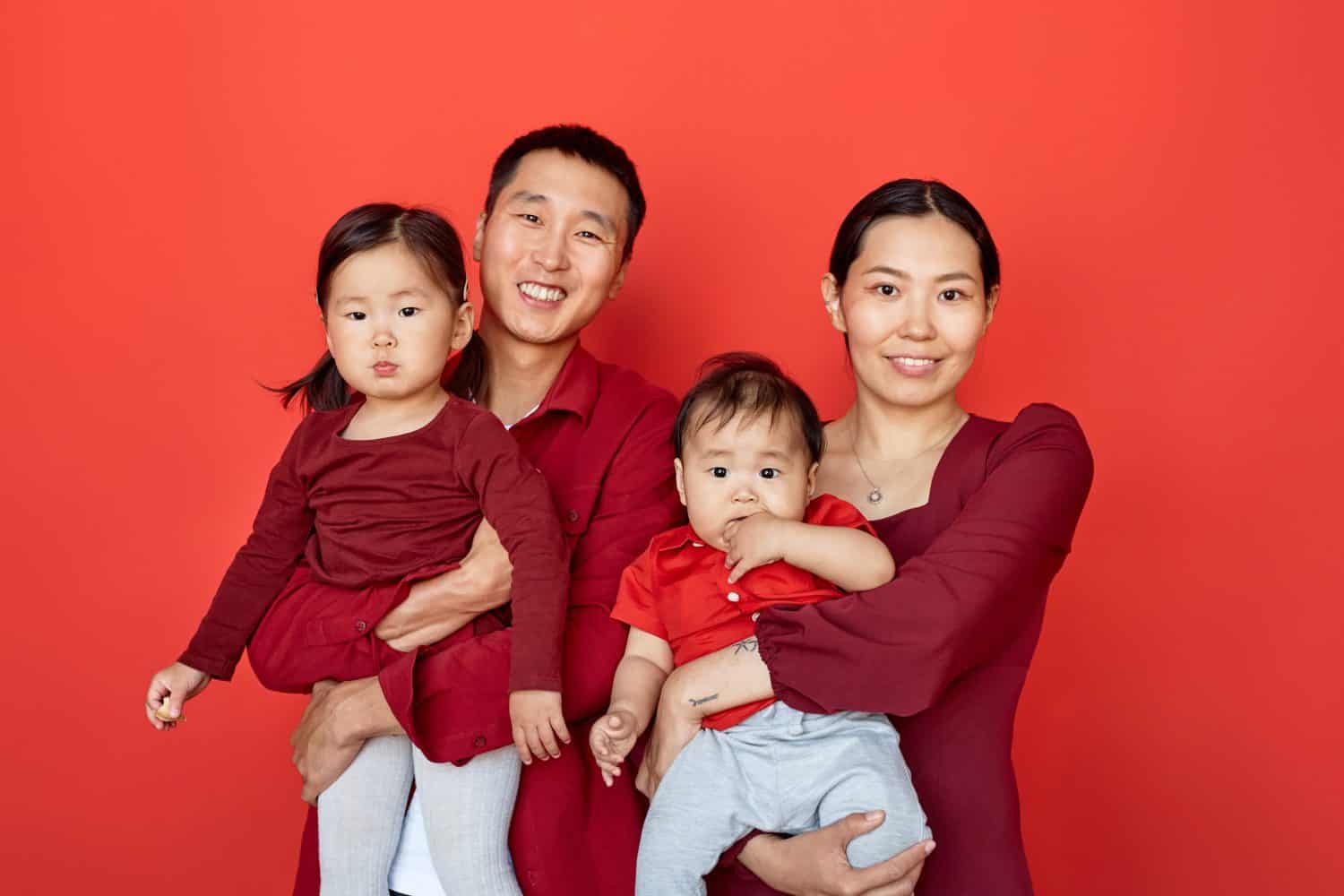




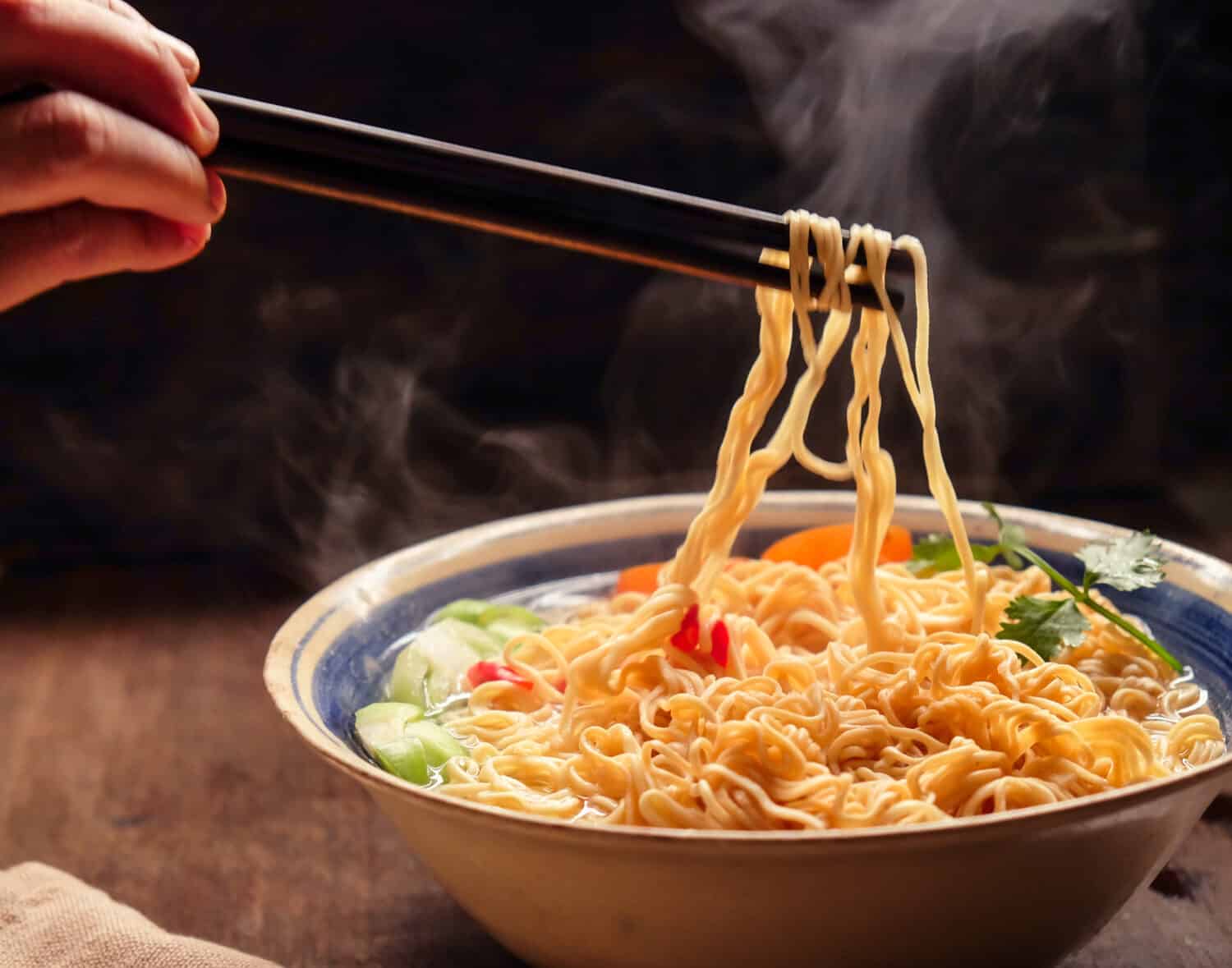





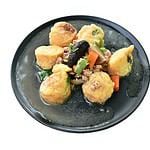
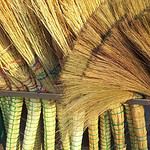
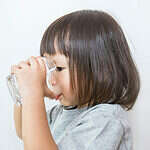
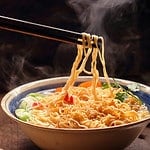


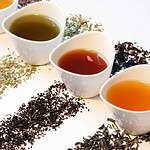
8 Chinese Household Routines That Confuse Americans
When living in a different country, it can be hard to understand cultures and their household routines. Americans have often found themselves puzzled by the unique routines found in Chinese households. Here are 8 Chinese household routines that confuse Americans.
1. Recycle, Repurpose, Reuse, Reduce
While cutting costs is one of the main goals, there are times when it goes a bit too far. For instance, some families collect water waste from the laundry and put it in a bucket, then reuse it to mop the floors and finally use it to flush the toilet. Now, I know that would be a practical idea if you were having a water shortage issue; however, to do that daily is definitely something that would confuse Americans.
Additionally, another way they help raise people's environmental awareness is to take their unused items to swap shops where they can exchange them for clothing, food ingredients, condiments, and more.
2. Midnight Meals
Some families in China enjoy late-night meals or snacks known as “Siu yeh,” which is popular in Southern China. This meal is served in individual portions and often comes after dinner. Families can sit together and socialize after a late-night shift. Additionally, in Hong Kong late at night, many food stalls sell fried oyster omelets, fish balls, deep-fried sticky tofu, scallion pancakes, and a mixture of noodles. This routine often confuses Americans, as they are used to going to bed after eating dinner.
3. Cleaning the House Daily
Let’s be honest, no one enjoys cleaning the house, especially not every day. However, in Chinese culture, keeping your house clean is a way to maintain balance and harmony in the home. It is believed to be an important responsibility that contributes to the well-being of the family and shows respect for one’s home.
Additionally, there are customary cleaning techniques used in Chinese culture. One includes using a bamboo broom for sweeping. This is because bamboo brooms remove dirt and dust effectively. The other is to use vinegar on glass surfaces and windows. It is believed to remove negative energy from their homes, and it also has natural cleaning properties. In Chinese culture, they also arrange objects in a certain way that supports positive energy flow.
4. Drinking Hot Water
In Chinese culture, it is common to drink hot water each day, even on hot days. While this may seem confusing to Americans, there are many benefits to drinking hot water.
- Hot water is considered a health potion. It helps with blood circulation and digestion, and it also detoxifies.
- It is a sign of culture, culinary creativity, and community. Hot water is used in many Chinese dishes, such as hot pots, soups, and teas.
- In public areas, hot water is always available, and by boiling water, this also ensures that it is safe from any harmful bacteria.
5. Eating With Chopsticks
The most common Chinese household routine is eating with chopsticks. Chopsticks symbolize history and solidarity and are also used in many other Asian countries. Furthermore, different Asian countries have unique chopstick designs to suit their culinary needs. They have been a part of Chinese dining for thousands of years. It is believed that using chopsticks promotes fine motor skills and prevents overeating.
With that said, one should use proper etiquette when using chopsticks. In China, you should never put your chopsticks standing up in the rice. It is also considered rude to point with them. By having good chopstick manners, it shows you respect their culture, just like saying “thank you” and "please.”
6. Burning Incense
The Chinese have been burning incense for thousands of years. It is mostly used when worshipping ancestors and idols, typically during festivals such as the Hungry Ghost Festival, which usually falls in July or August, and the Chinese New Year Festival. In addition, it is also used in their homes to get rid of bad odor, timekeeping, and aromatherapy.
7. Taking Shoes off at the Front Door
In Asian homes, it is normal to remove your shoes and leave them at the door before going into one’s home. This is because they bring in diseases, dirt, and bacteria from outside. Most of the time, you will find a pair of slippers by the front door for guests to wear. However, during social gatherings and big celebrations, guests are not always required to take off their shoes; this is because there won’t be enough slippers for everyone.
8. Drinking Tea
It is a very popular Chinese household routine to drink tea. Tea is considered a necessity in Chinese culture and has been enjoyed for millennia. It has been used in traditional Chinese medicine, and green tea is the most common. It is often served before meals and is a way to relax and prepare the stomach for breaking down food.
Here is a list of the most popular teas in China.
- Shifeng Longjing (green tea)
- Mountain Forest Huangshan Maofeng (green tea)
- Youle Huangshanch (sheng puer tea)
- Bi Lou Chun (green tea)
- Da Hong Pao (wulong tea)